A groundbreaking discovery has revealed the presence of a blazar—a supermassive black hole with a jet pointed directly at Earth—at an extraordinary redshift of 7.0. The object, designated VLASS J041009.05−013919.88 (J0410−0139), is the most distant blazar ever identified, providing a rare glimpse into the epoch of reionization when the universe was less than 800 million years old. This discovery challenges existing models of black hole and galaxy formation in the early cosmos.
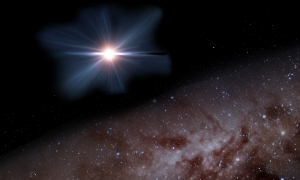

COSMIC: SETI Institute Unlocks Mysteries of the Universe with Breakthrough Technology at the Very Large Array
In a groundbreaking cosmic quest, the SETI Institute’s Commensal Open-Source Multimode Interferometer Cluster (COSMIC) at the Karl G. Jansky Very Large Array (VLA) is expanding the search for extraterrestrial intelligence (SETI). This cutting-edge technology is not a distinct telescope; it’s a detector. COSMIC searches for extraterrestrial signals and paves the way for future science using a copy of the raw data from the telescope’s observations.
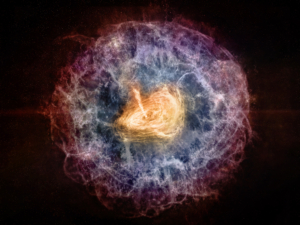
Astronomers Find Evidence for Most Powerful Pulsar in Distant Galaxy
Astronomers using data from the VLA Sky Survey have discovered one of the youngest known neutron stars — possibly as young as only 14 years. The dense remnant of a supernova explosion was revealed when bright radio emission powered by the pulsar’s powerful magnetic field emerged from behind a thick shell of debris from the explosion.
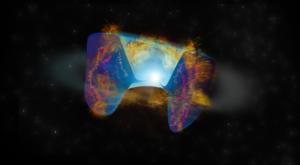
Stellar Collision Triggers Supernova Explosion
The Very Large Array Sky Survey gave astronomers the first clue that ultimately revealed a dramatic story — the remnant of a star that exploded long ago had plunged into the core of its companion star causing it, too, to explode as a supernova.
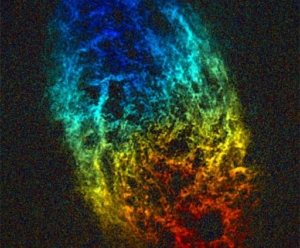
Invisible Colors: Why Astronomers Use Different Radio Bands
Radio light is invisible to our eyes, so it’s easy to think of all radio light as the same. But radio is filled with colors, just as the colors of visible light we can see, and radio astronomy is at its most powerful when we use all the colors of its rainbow.
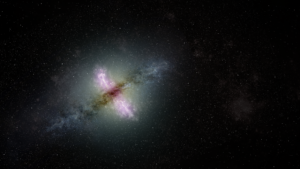
VLA Sky Survey Reveals Newborn Jets in Distant Galaxies
Comparing data from VLA sky surveys made some two decades apart revealed that the black hole-powered “engines” at the cores of some distant galaxies have launched new, superfast jets of material during the interval between the surveys.





